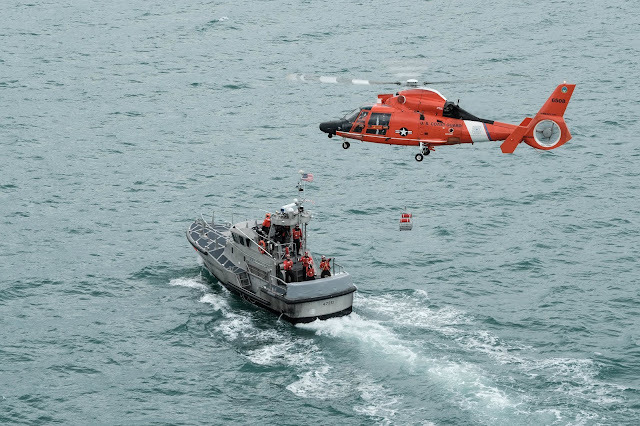First IFR single engine helicopter in decades with FAA certification expected in early 2019
The TH-119, based on the successful AW119, is Leonardo’s offer to replace the U.S. Navy’s TH-57 training helicopter fleet
Manufactured in the US, with a strong national suppliers’ base, the AW119 is in service with a range of American public services and private operators and with homeland security and military operators worldwide
Philadelphia, 21 December 2018 – Leonardo is pleased to announce it successfully completed the initial flight test of the TH-119 IFR training helicopter yesterday. The TH-119 is Leonardo’s bid to replace the U.S. Navy’s aging fleet of TH-57 Sea Ranger training helicopters, a variant of the successful AW119, manufactured in the US with strong local supplier base. By completing this important milestone, the TH-119 remains on track to achieve full FAA IFR certification in early 2019, making it the only single-engine IFR-certified helicopter in production in decades.
The TH-119 was flown by Leonardo pilot Patrick McKernan at the company’s Philadelphia plant where all variants of AW119s are built. The helicopter performed excellently during the flight which included an assessment of general handling and avionics systems. If selected by the U.S. Navy, a fleet of over 125 TH-119s will be built in Philadelphia utilizing the plant’s existing AW119 manufacturing and support facility.
“Already made in USA, the TH-119 is an affordable, off-the-shelf teaching helicopter that combines proven performance, flexibility and safety. It is built to accomplish every current Navy undergraduate training mission and flight skill maneuver with plenty of room to grow over the venerable TH-57,” said Andrew Gappy, Leonardo Director of U.S. Government Sales.
A variant of the successful AW119 specifically configured for military training, the TH-119 is the only modern single engine helicopter certified to operate in actual instrument conditions (IMC), resulting in more available training days that limit “VFR only” aircraft and add to overall time to train. The TH-119 is a full-spectrum training helicopter, meaning that with a single variant configuration the Navy can accomplish fundamental training flights like sliding landings, hovering, and full autorotations (without offloading any of them to simulation) equally as well as advanced training flights including NVG, instruments, navigation, tactics, hoist, external cargo, and search and rescue. This makes the TH-119 the best solution on the market for “Navy” days: challenging weather and low visibility.
The TH-119’s dual-display Genesys Aerosystems advanced glass cockpit allows instruction from either pilot seat with full IFR capabilities including flight director and 3-axis full autopilot. Its unique 180-degree adjustable observer seat offers student pilots full view of the cockpit providing a better learning environment even while riding as a passenger. The TH-119 combines exceptional power margins, thanks to its popular and reliable 1,000 shp Pratt & Whitney Canada PT6-B engine, with the durability of a cocoon-type metal airframe and reinforced shock stabilized skids for touchdown maneuver training. To minimize time on the ground and maximize operational flexibility the TH-119 can “hot” pressure refuel.
The TH-119 is manufactured and supported at Leonardo’s existing FAA Part 21 production facility in Philadelphia, providing the Navy a low-risk delivery schedule and fleet support as well as economical single engine costs saving millions of taxpayer dollars over competing twin engine helicopters.























